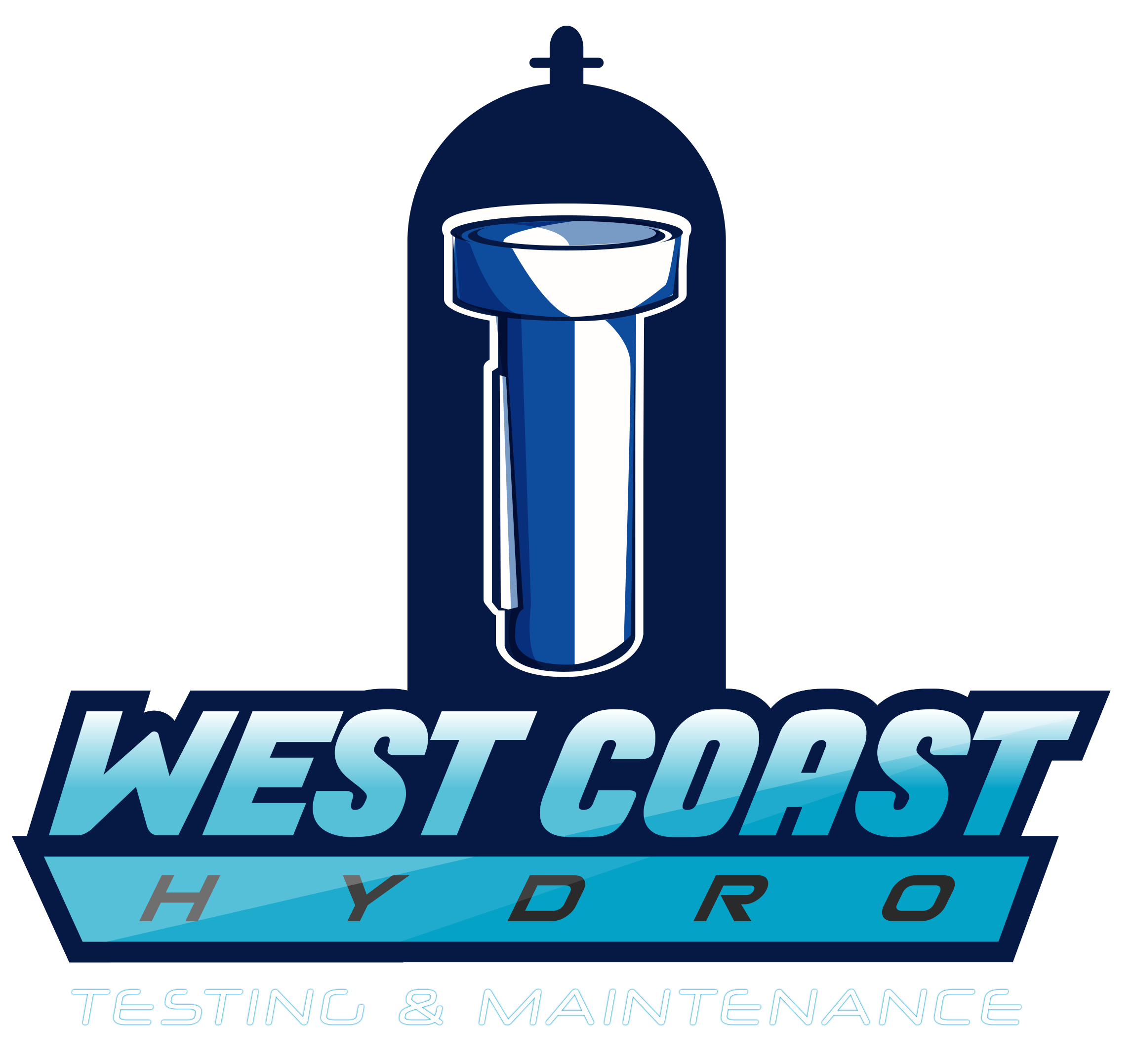Hydrostatic tests are conducted under the constraints of either the industry’s or the customer’s specifications, or may be required by law. The vessel is filled with a nearly incompressible liquid – usually water or oil – pressurised to test pressure, and examined for leaks or permanent changes in shape. Red or fluorescent dyes may be added to the water to make leaks easier to see. The test pressure is always considerably higher than the operating pressure to give a factor of safety. This factor of safety is typically 166.66%, 143% or 150% of the designed working pressure, depending on the regulations that apply. For example, if a cylinder was rated to DOT-2015 PSI (approximately 139 bar), it would be tested at around 3360 PSI (approximately 232 bar). Water is commonly used because it is cheap and easily available, and is usually harmless to the system to be tested. Hydraulic fluids and oils may be specified where contamination with water could cause problems. These fluids are nearly incompressible, therefore requiring relatively little work to develop a high pressure, and is therefore also only able to release a small amount of energy in case of a failure – only a small volume will escape under high pressure if the container fails. If high pressure gas were used, then the gas would expand to V=(nRT)/p with its compressed volume resulting in an explosion, with the attendant risk of damage or injury. This is the risk which the testing is intended to mitigate.

Comments